Horsepower Dreams - HKS
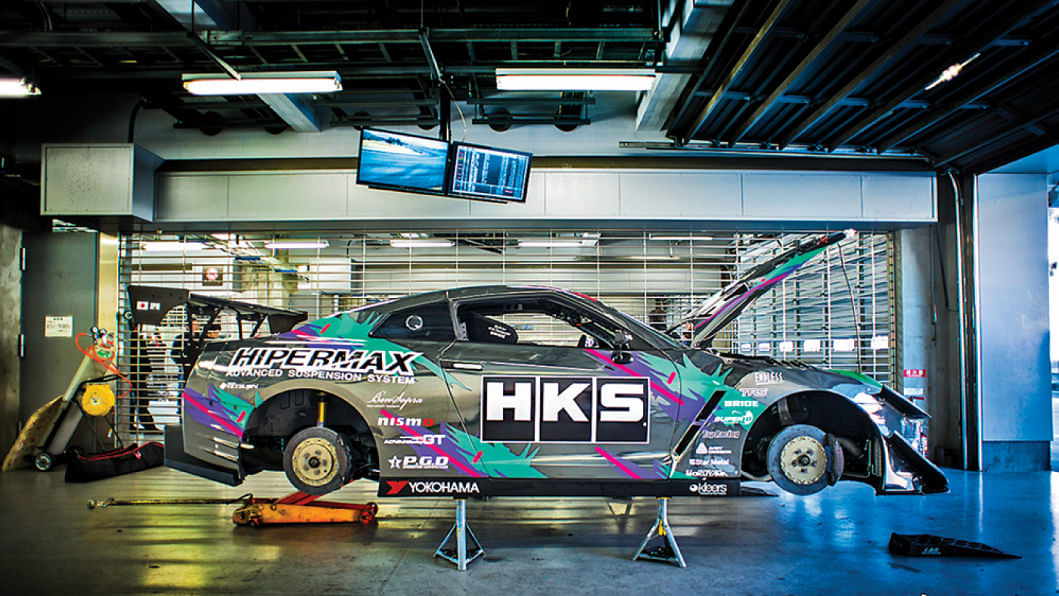
Gone but forever inspiring -Hiroyuki Hasegawa
Mr. Hasegawa was a bright-eyed engineer at Yamaha in the early 1970s when he decided to follow his dream of building race cars and engines at his own company. He established HKS in 1973 along with partner Goichi Kitagawa and chief sponsor Sigma Automotive, going on to have a lasting impact in the world of tuning. He passed away last week at the age of 71.

From 1973 to now, pretty much every guy interested in the world of tuner cars has heard the name HKS, at least once. Whether its through their ballistic time attack cars, record setting drag cars, or their drift monsters winning every accolade there is to win for going sideways, HKS has been at the forefront of Japanese tuning for over four decades. Started in a small shed by two men, Hasegawa's H, Kitagawa's K and funding provided by the S of Sigma Automotive, HKS has ruled over a formidable aftermarket industry from the shadow of Mount Fuji. They also played a significant role in launching import culture in places like the US and the UK via their impressive parts catalogue of aftermarket performance parts.
Part of that history has to do with how HKS has innovated in parts design. From the get-go, HKS was destined for greatness – they were the first company worldwide to design a turbocharger conversion kit for a specific application. In 1974, HKS launched a turbo kit for the KPGC110 Nissan Skyline GTR, popularly known as the Kenmeri Skyline. The stock L20 motor in the Kenmeri put out only 113 HP, which was enough to be fairly quick in the early 70's – the HKS turbo kit instantly bumped up the power to 158 HP, a 40% increase at a time when dyno and real-time power testing was out of reach for anything other than the wealthiest Formula 1 racing teams. This was a highly significant milestone, considering the turbo era of performance car manufacturers wouldn't start till 1975, with the introduction of the Porsche 911 Turbo. The fact that a small tuning company beat major manufacturers to an innovation that became the mainstay of performance cars for decades should tell you just how special HKS is.
In 1981, with a vision of world dominance years ahead of anyone else, HKS was launched as a global tuning brand with the establishment of HKS USA. With an unique parts development team and a specific focus for the US market, HKS strode ahead and fueled the rise of import tuning in California. For the first time, thanks to HKS, Japanese sedans could be tuned to compete with American muscle cars, at least on the street in illegal street races.
Off the streets and on the track, HKS was making the rounds on its competition. In 1983, an HKS built Toyota Celica with a twin turbocharged 5M-G reached 301 km/h, the first Japanese car to break the 300 km/h barrier. In 1984, HKS built engines for Toyota and Mitsubishi, developed for rallying. At the start of the 90's, HKS was breaking world records left and right – in 1990, the 826 HP HKS Drag 70 Toyota Supra broke the 8 second quarter mile record for Japanese cars. From 94 onwards, HKS competed in Formula 3 with an engine designed and built from scratch, alongside wins in JTCC and JGTC touring championships, and RRC and BE Drag series, where the HKS R32 GTR won every race it entered. In 1995, the HKS developed R33 GTR, dubbed the T200, set a time of 58.71 seconds around the Tsukaba race-track, now dubbed the home of Japanese time attack racing. It would spark a two decade long war against the clock, with the time attack format getting ever competitive by the year. No matter how competitive it got, though, HKS was always at the top: from 2003 to 2015, HKS built Lancer Evolutions kept breaking and beating world records, with the TRB-02 and CT230-R Evos still two of the fastest Japanese race-cars ever built.
There was also a brief attempt at Formula 1: in 1992, HKS developed a 3.5 litre 670 HP V12 motor for an F1 chassis, with the Lola T91/50 used as a test bed. It was never raced with very high development costs and a brief streak of reliability meaning it wasn't feasible. It still remains the first and only time a Japanese tuning company attempted entering Formula 1, however.
HKS has since developed parts for the aviation and marine industries and left a huge impact on the tuning industry. Along with HKS, the aftermarket parts industry has grown into a multi-billion dollar global enterprise with millions of people employed and invested in it. Hiroyuki Hasegawa might be no more, but the impact he has had will last forever.
The HKS greatest hits album

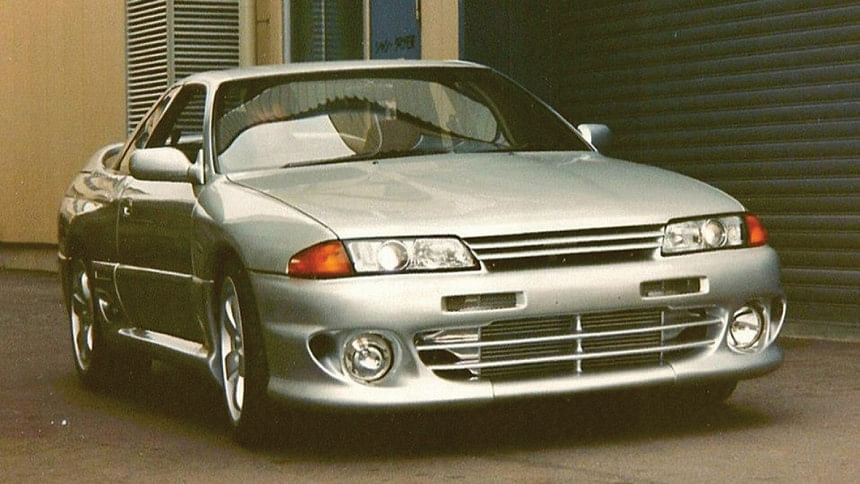
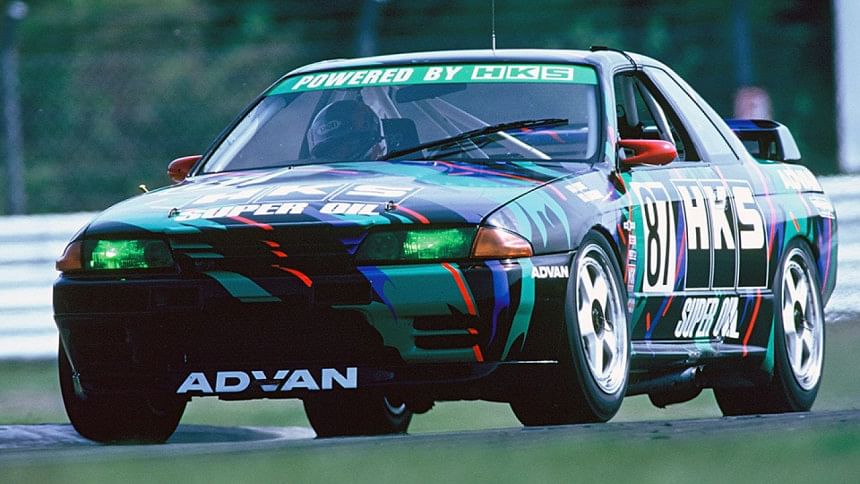
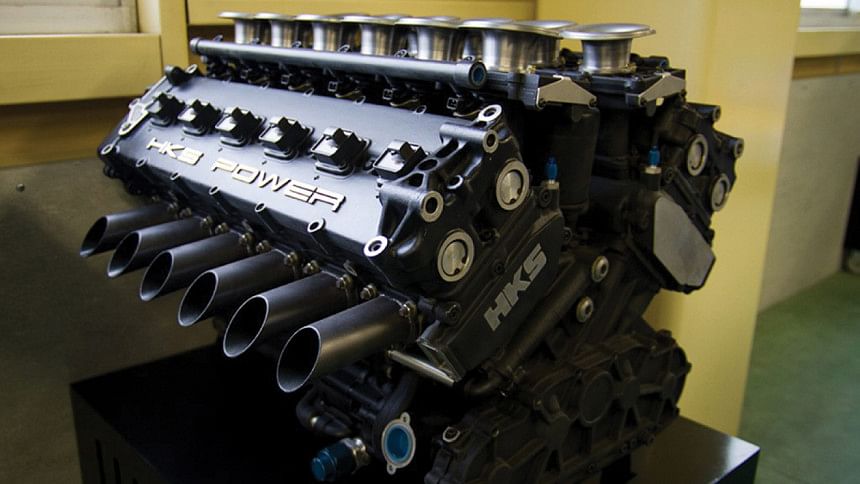
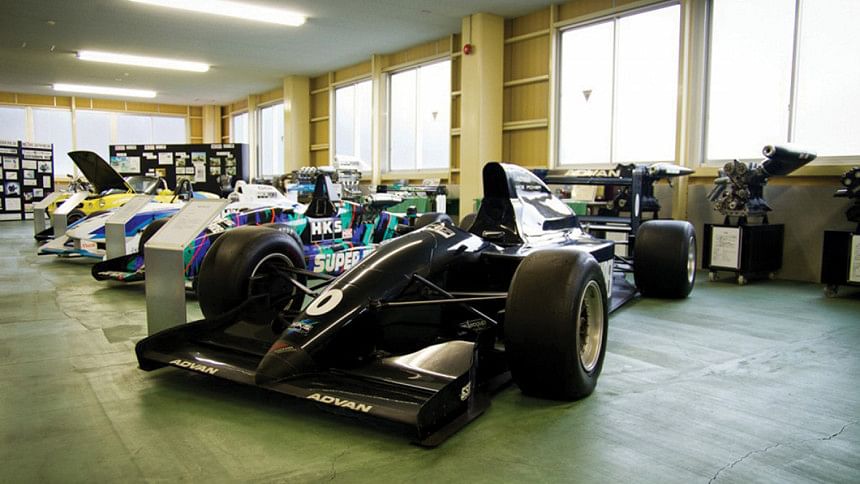
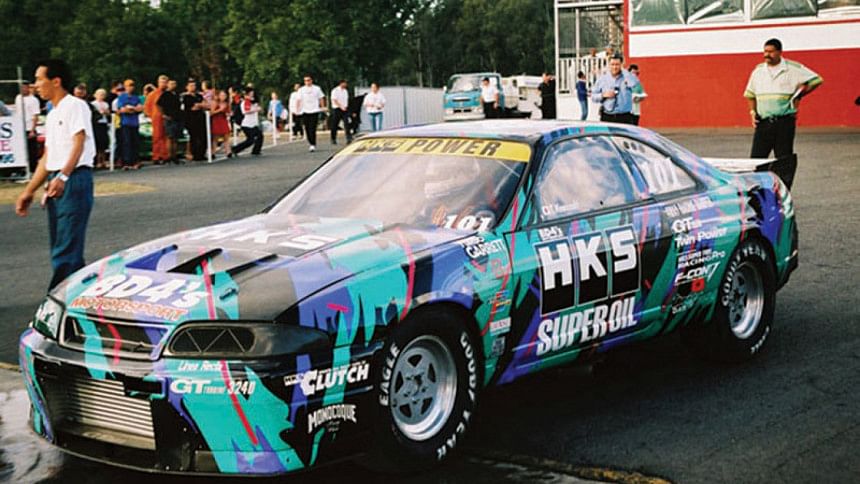
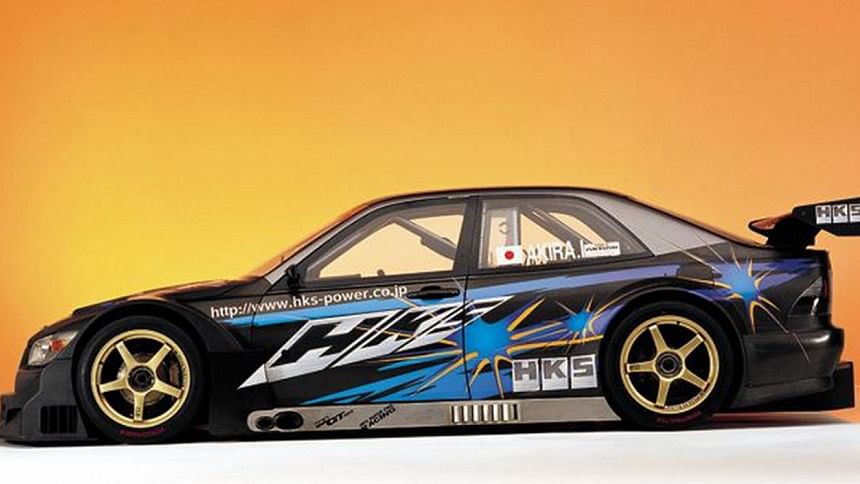
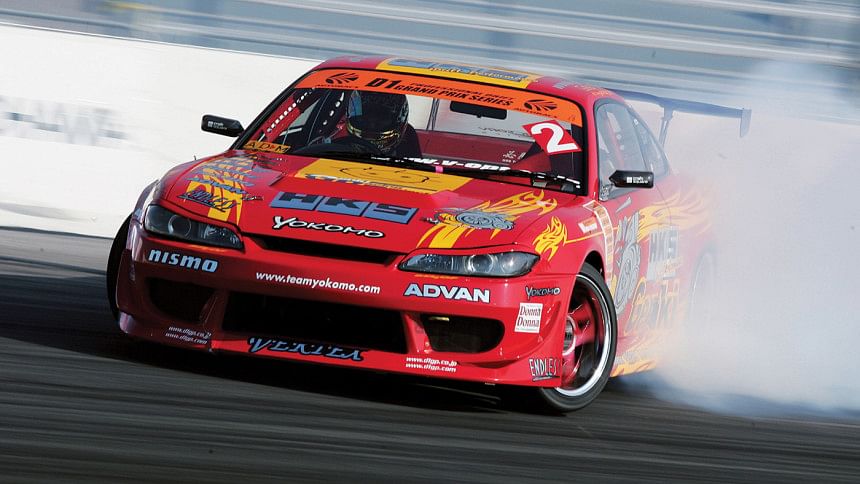
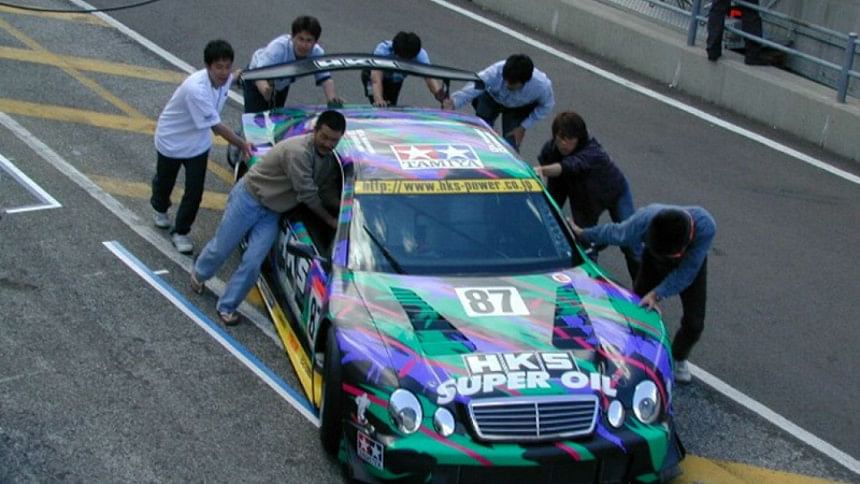
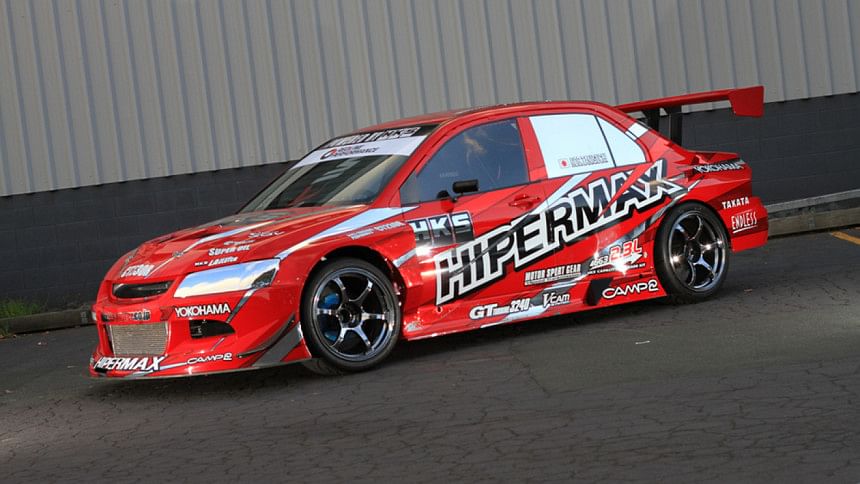

 For all latest news, follow The Daily Star's Google News channel.
For all latest news, follow The Daily Star's Google News channel. 



Comments